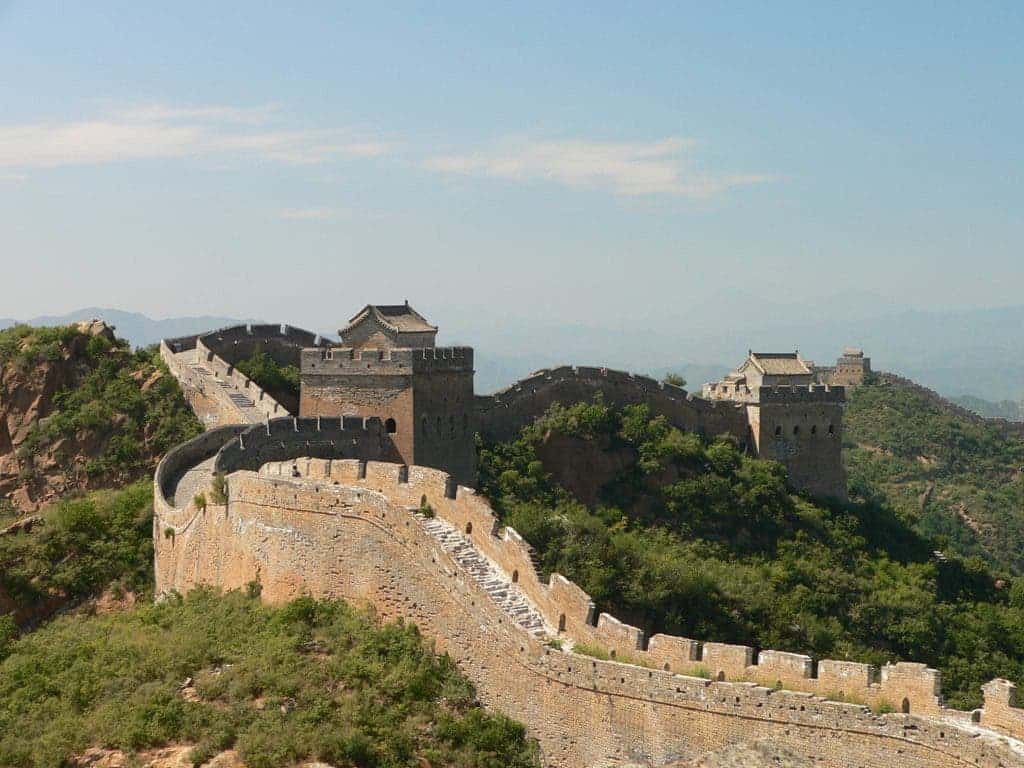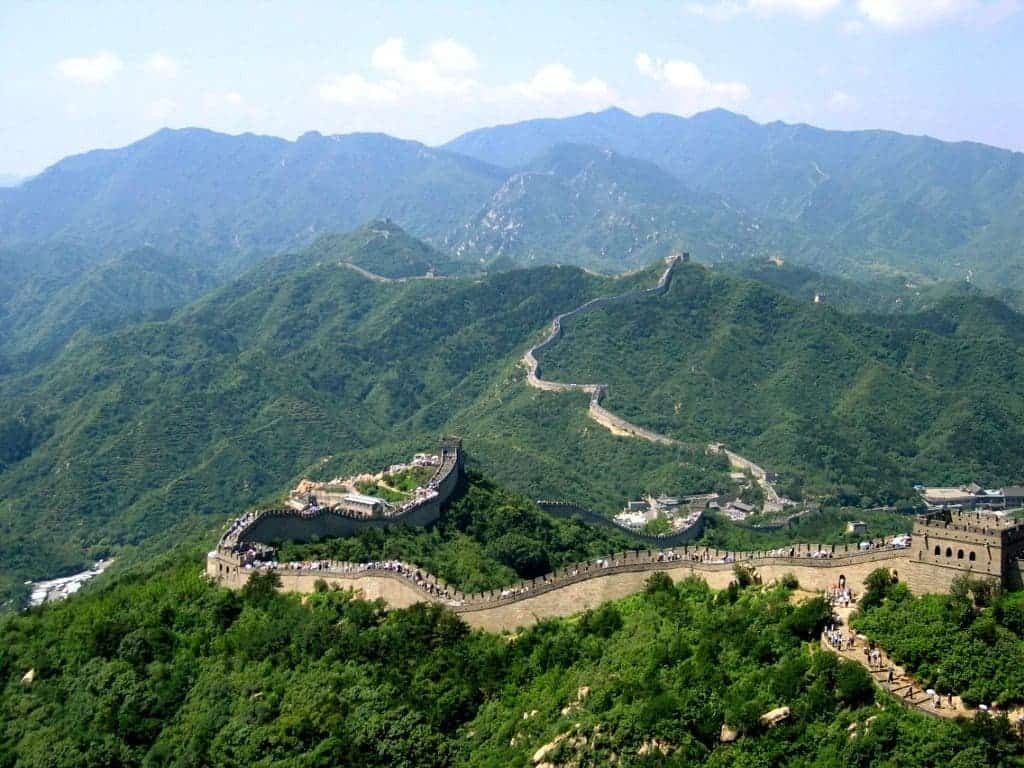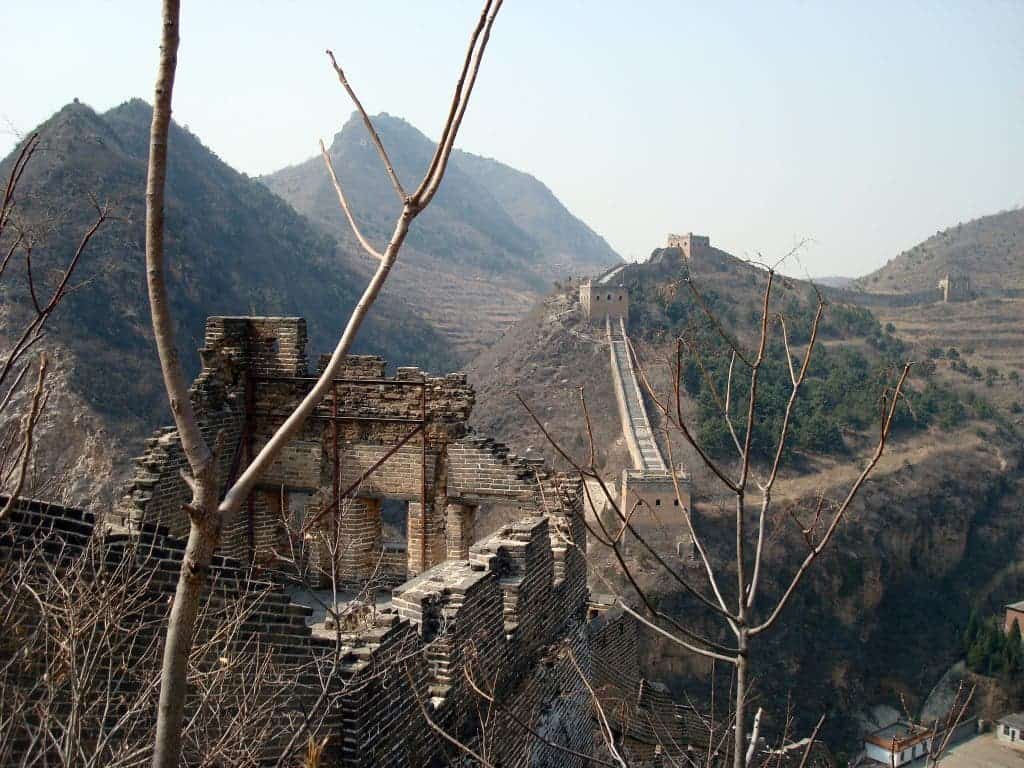The Great Wall of China, one of the most marvelous constructions on Earth is slowly fading away due to the reckless behavior of humans. The effects of travel and recycling of the stones for other constructions is taking a monumental toll on the Great Wall, and almost 30 percent of the structure is now gone.

The wall is generally constructed on an east-to-west line across the historical northern borders of China to protect the Chinese states and empires against the raids and invasions of the various nomadic groups of the Eurasian Steppe. Several large walls were being built as early as the 7th century BC, but the concept of a great unifying wall came to fruition in the 14th century, under the Ming Dynasty.
More than 4,000 miles of the wall were constructed throughout this period, but over 1,000 miles of those have already been destroyed. In fact, we don’t know exactly how long the Great Wall of China is, because estimates vary depending on what you consider to still be a part of the wall (the half-destroyed parts). The total size estimates vary from 21,196 km (13,171 mi) to “only” 9,000 km (5,600 miles).

“Even though some of the walls are built of bricks and stones, they cannot withstand the perennial exposure to wind and rain,” the paper quoted Dong Yaohui, a vice president of the society, as saying. To make things even worse, natural factors might also play a part soon. “Many towers are becoming increasingly shaky and may collapse in a single rain storm in summer.”
The problem, as usually with this type of monuments, is tourism; it’s not just that tourists are coming and weakening the structure, but because locals from poor areas knick the bricks and sell them to tourists (often with Chinese engravings on them) for 30 yuan ($4.80) each by local residents. Under Chinese law, taking these bricks is punishable by law, but there is no one to enforce this law.

“But there is no specific organisation to enforce the rules. Damage could only be reported to higher authorities and it is hard to solve when it happened on the border of two provinces,” said Jia Hailin, a cultural relics protection official in Hebei, according to the report.
There are also reports of graffiti, litter, and nails bored into the wall for camping. Tourists are also venturing to areas they shouldn’t, where the structure is much weaker, thus causing more damage.
The Chinese government seems very reluctant to start work on repairing the wall, and for a good reason – the cost of repairing such an incredibly long structure would be absolutely huge. This symbol of an ancient past might be disappearing before our very own eyes.






